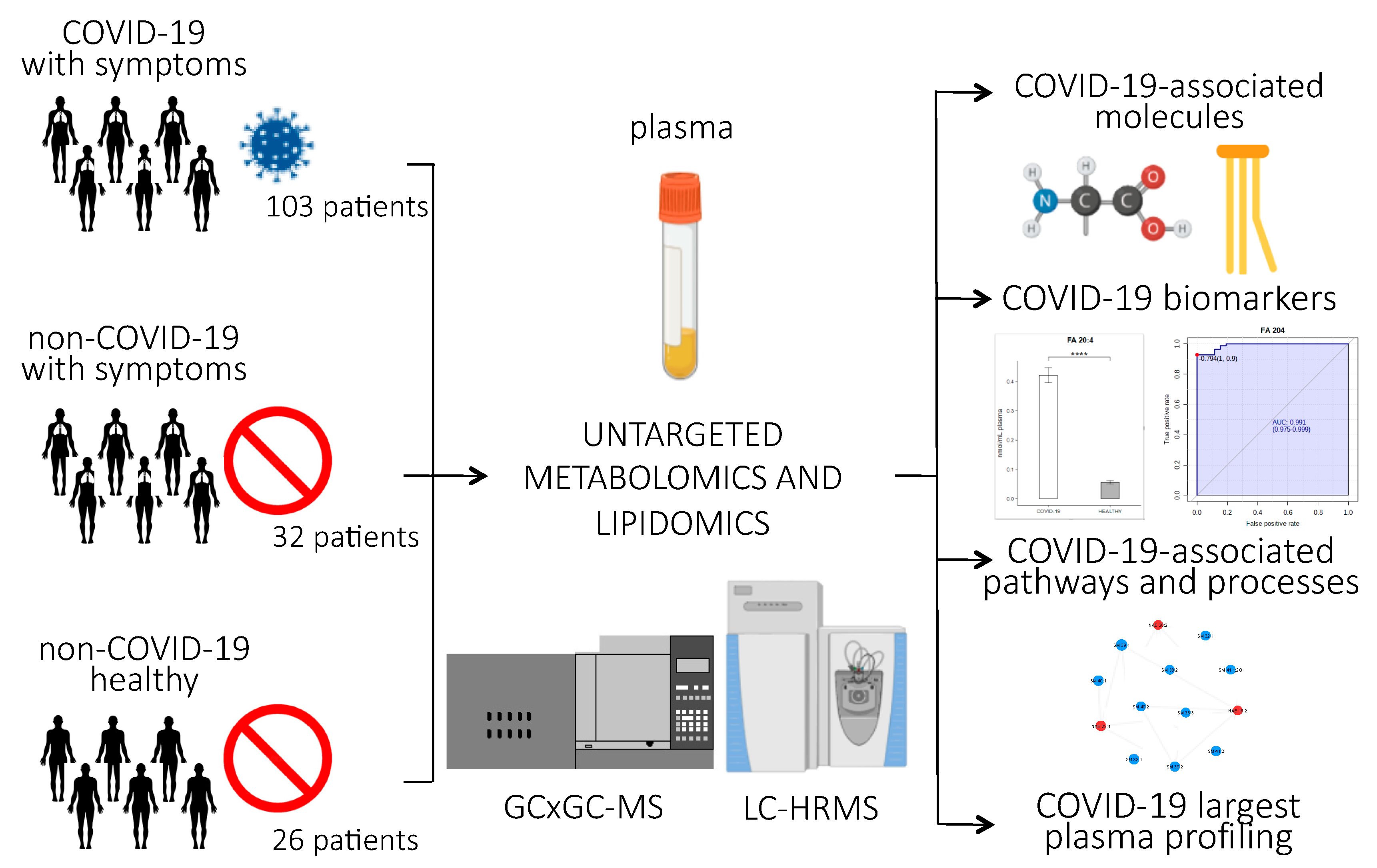
4. personal construct therapy for hiv seropositive patients free#
Under this administration, a number of initiatives were introduced, including the “Four Free and One Care” policy in December 2003, which provides free antiretroviral drugs to AIDS patients who live in rural areas and those without insurance who live in urban areas, free voluntary counselling and testing, free drugs to HIV-infected pregnant women to prevent mother-to-child transmission, HIV testing of new-born babies, free schooling for AIDS orphans, and care and economic assistance to the households of people living with HIV/AIDS. In 2003, a new administration led by President Hu Jintao, Premier Wen Jiabao, and Vice Premier and Health Minister Wu Yi substantially accelerated the commitment to and implementation of evidence-based HIV policies. Guangxi Zhuang Autonomous Region sees more than 5000 new cases of HIV every year, with an incidence of 0.1%. These three provinces are home to 12.9% of China’s total population, but they account for 45% of all PLWHA in the entire country. The infection rate in China’s south-western provinces and autonomous region, Yunnan, Guangxi, and Sichuan, is especially high. This may be because young students’ minds are open but they lack sexual knowledge and have limited capacity for self-examination and self-awareness. About 15% of all PLWHA are young people aged 15 to 24, among whom the incidence of HIV increased from 6.9% in 2006 to 23% in 2012 ( The average annual growth in the rate of 15 to 24 year old students infected with HIV reached 35% in 2015, and 65% of these students infected with HIV were 18–22 years old and studying at universities. As of September 2016, approximately 653,865 people in China were living with HIV/AIDS (PLWHA) and 492,725 patients were receiving antiretroviral therapy (ART).

The Chinese Center for Disease Control and Prevention estimated that the prevalence of HIV remained greater than 0.4%. This suggests that strategies meant to improve and strengthen family support, care for PLWHA, and promote HIV screening among high-risk populations should be explored by both policy makers and researchers. Their overall QOL tended to improve significantly as ART continued. Conclusionsįamily support along with no or minimal discrimination was found to contribute to QOL among people infected with HIV. Patients’ overall QOL scores were positively associated with having received family support ( OR = 2.74, P = 0.040, 95% CI: 1.68–4.47), not feeling discriminated against by their families ( OR = 1.3, P = 0.041, 95% CI: 1.07–1.59) or discrimination from patients themselves, including never experiencing fear of abandonment by family ( OR = 2.05, P = 0.025, 95% CI: 1.49–2.82). The proportion of patients who did not feel discriminated against by their families was 87.2% ( n = 274) at baseline, 90.4% ( n = 229) 6 months into ART, 90.0% ( n = 210) at 12 months, and 94.5% ( n = 219) at 24 months. In the study, 90.4% ( n = 281) of patients received family support at baseline, here defined as the initiation of ART, 91.8% ( n = 244) received family support 6 months into ART, 95.5% ( n = 220) at 12 months, and 94.3% ( n = 230) at 24 months. Generalized estimating equations (GEE) were employed to examine the relationships between family support, discrimination, and QOL. Descriptive analysis was used to describe the demographic characteristics (e.g., age, sex, educational level, marital status, and employment status) of participants. We conducted this observational cohort study of ART -treated patients with HIV in Guangxi Province using a questionnaire survey at baseline, 6, 12, and 24 months, starting in 2010.


This paper identifies the family support enjoyed and discrimination faced by people infected with HIV and examines the effect they have on patients’ quality of life (QOL) as they undergo ART in China.

The World Health Organization includes discrimination in its list of social determinants of health factors that have been linked to poor physical and psychological health. PLWHA frequently experience discrimination in all domains of their personal and social lives. By September 2016, approximately 653,865 people in China were living with HIV/AIDS (PLWHA) and 492,725 people were receiving antiretroviral therapy (ART).


 0 kommentar(er)
0 kommentar(er)
